Prepping Your Roof for the Pacific NW’s Rainy Season
March 4, 2025by revvluvvResidential
The Pacific Northwest’s rainy season is relentless, especially around Portland, where soggy roofs can lead to rot and mold if you’re not ready. With over 150 rainy days a year, a little prep now stops small leaks from turning into health hazards like poor indoor air quality. Here’s your Greater Portland checklist to weather the wet.
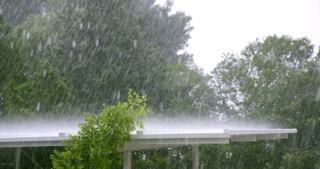
First, tackle gutters. Pine needles and leaves pile up fast here, clogging drains. Overflow soaks roof edges, kickstarting rot that weakens shingles and decking. Clean them out—your ladder’s your friend. Next, check flashing and seals around chimneys, vents, and skylights. Portland’s humidity loves sneaking through cracks, and even small gaps let rain in, feeding mold. A quick visual scan can spot trouble—look for rust or splits.
Trees are sneaky culprits, too. Overhanging branches drop debris and snap in PNW windstorms, denting roofs or piling moss fodder. Trim them back—10 feet from your roofline’s ideal. This cuts rot risks and keeps shingles intact.
Here’s the health hook: small leaks don’t just drip—they raise indoor humidity. The EPA says mold thrives above 60% relative humidity, common in unvented Portland homes during winter. That means allergies, asthma flare-ups, and musty air—yuck. Roofing rot from unchecked water adds insult, softening beams and upping repair bills.
Action’s simple. Clean gutters twice yearly—fall and late winter. Walk your property post-storm for tree damage. Sniff indoors for mustiness—early leak clues. Don’t ignore soggy attic insulation; it’s a mold magnet. These steps keep water out and air fresh.
Portland’s wet winters test every roof, but prep keeps you ahead. A dry home’s a healthy home—don’t let the Pacific NW’s rain win. Take charge now, and breathe easy all season.
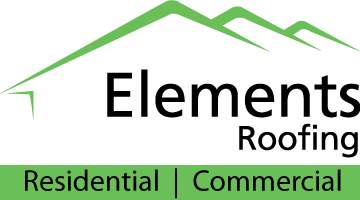
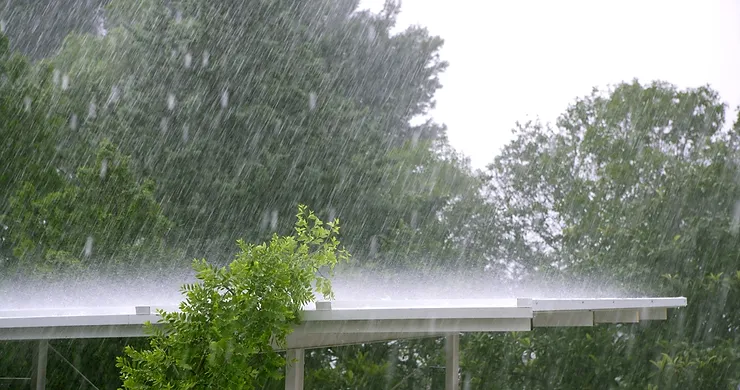
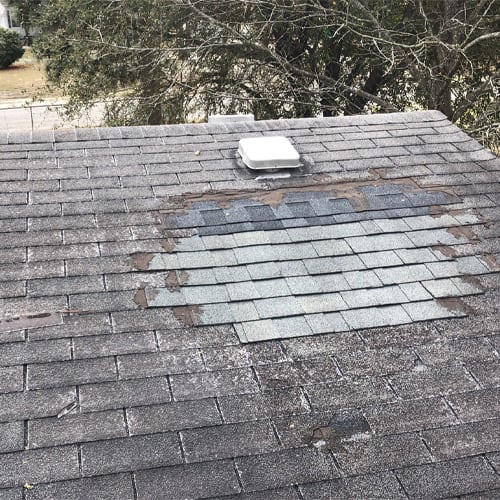
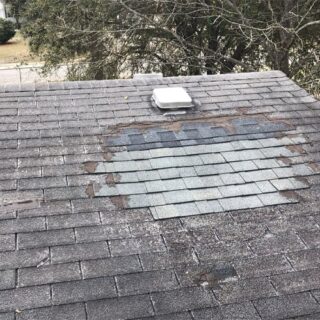 Living in the Greater Portland Area means your roof faces constant rain, wind, and moss—a recipe for hidden damage. Spotting trouble early, like cracked shingles or roofing rot, can stop small leaks from ballooning into moldy, costly disasters that tank your home’s air quality. Portland’s 40+ inches of annual rain and humidity make this a top concern—small issues here grow fast.
Living in the Greater Portland Area means your roof faces constant rain, wind, and moss—a recipe for hidden damage. Spotting trouble early, like cracked shingles or roofing rot, can stop small leaks from ballooning into moldy, costly disasters that tank your home’s air quality. Portland’s 40+ inches of annual rain and humidity make this a top concern—small issues here grow fast.
 3. Consistency:
3. Consistency: 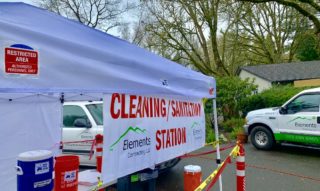
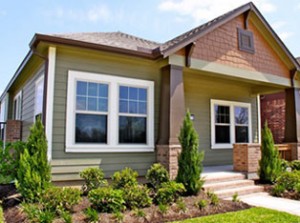
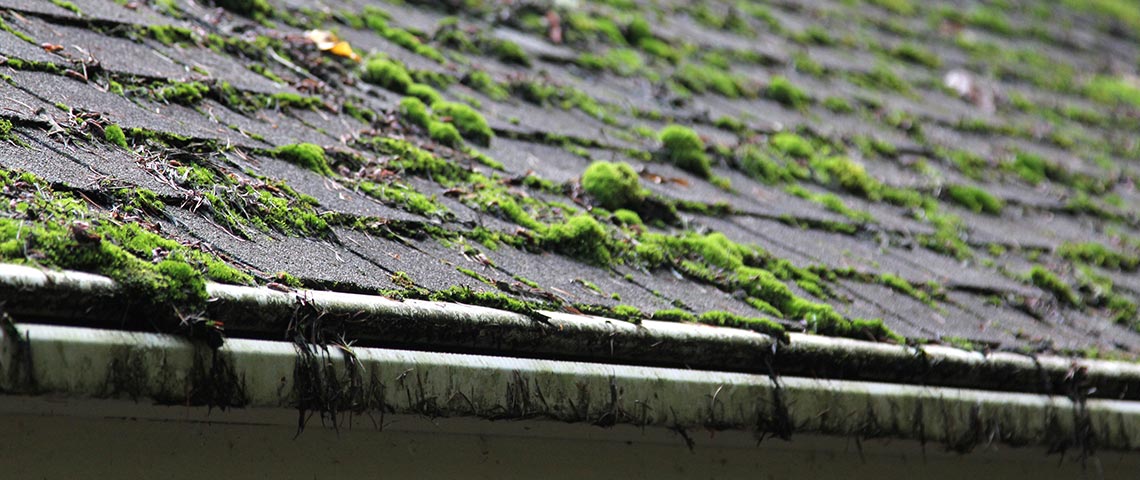
 For those people who have moss or algae growing on their roofs and do not want to remove their trees around their home the solution that would work best for them would be #2. This is most commonly done with roofing cleaning products. (
For those people who have moss or algae growing on their roofs and do not want to remove their trees around their home the solution that would work best for them would be #2. This is most commonly done with roofing cleaning products. (